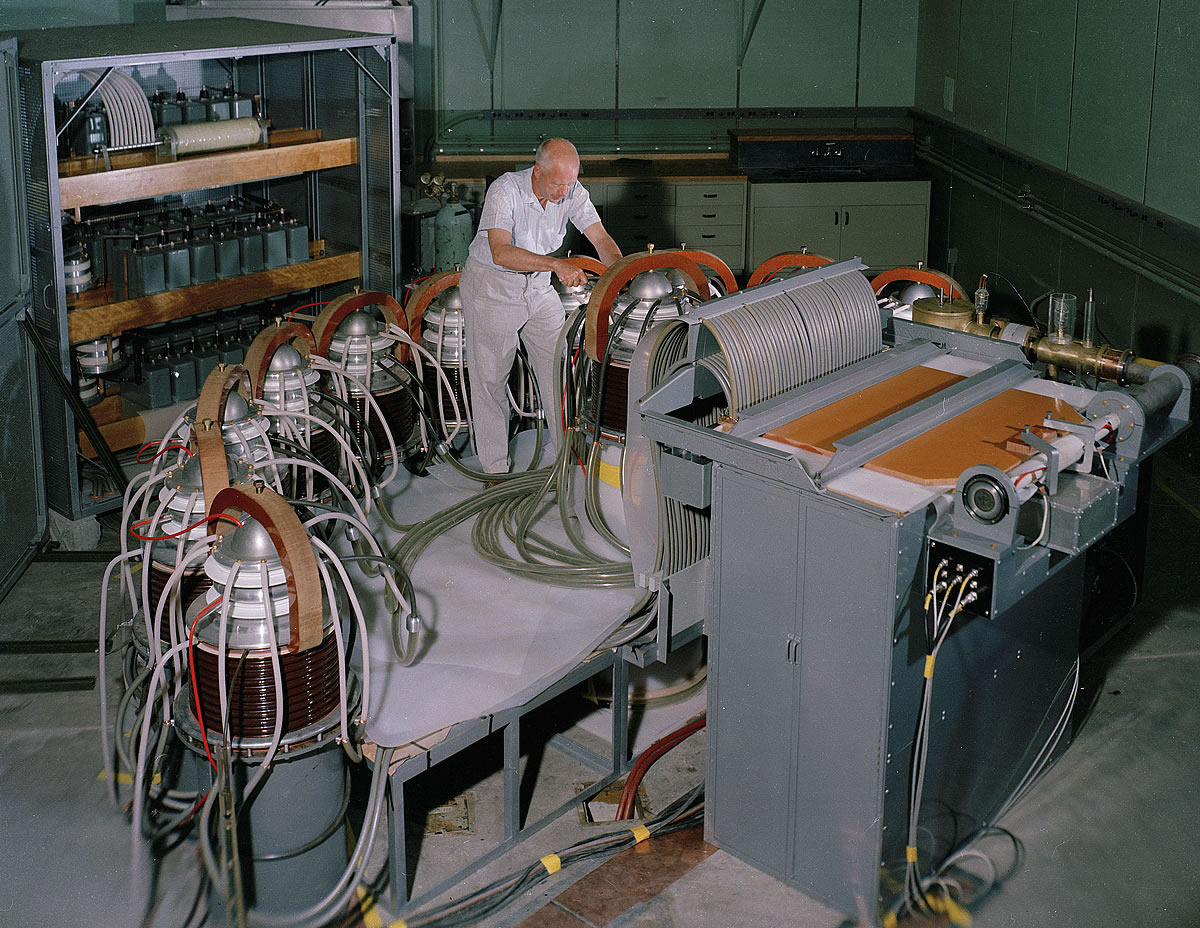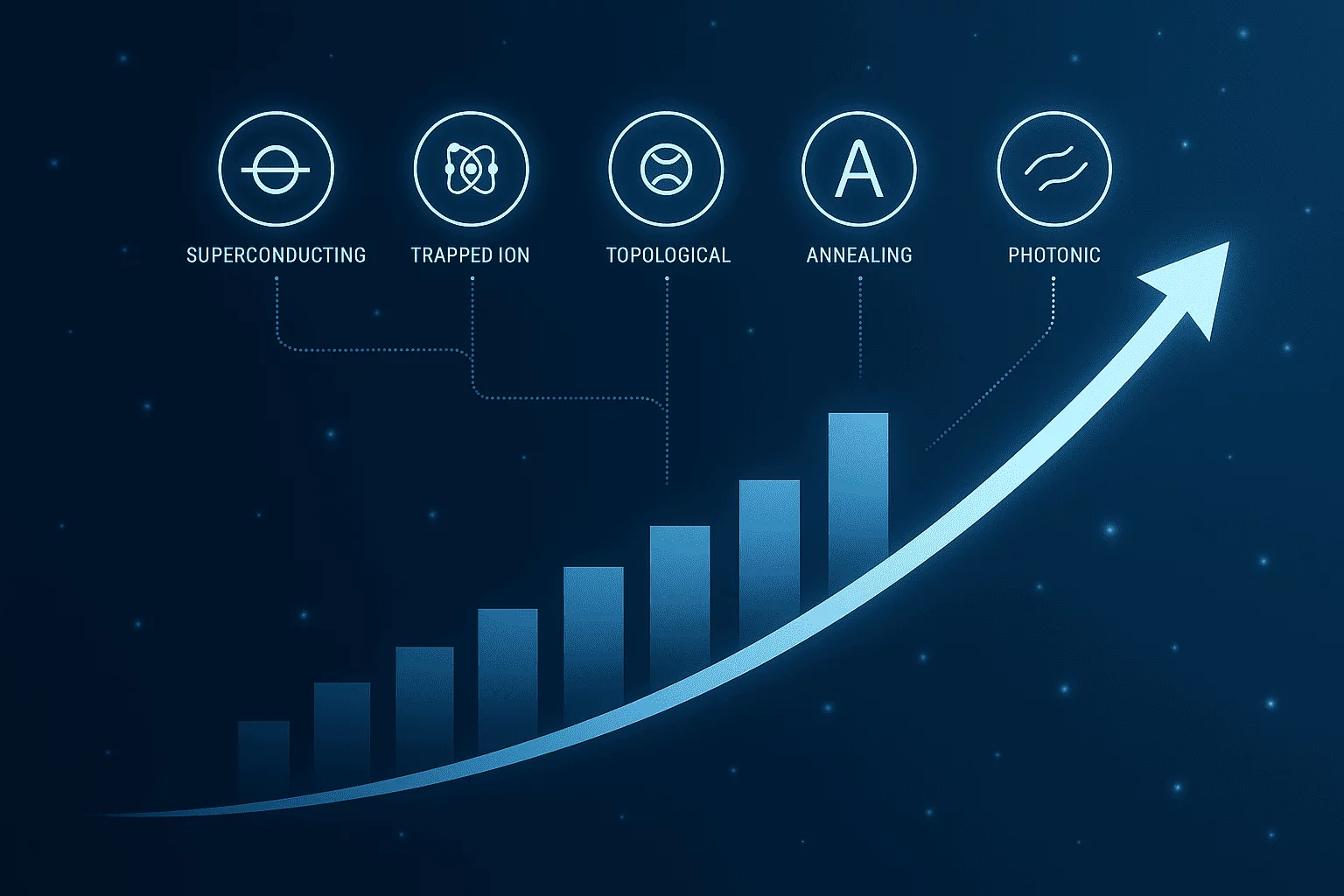The race to commercialize nuclear fusion—the ultimate clean energy source—is accelerating faster than ever before. From government-funded projects like ITER in France to privately backed ventures such as Commonwealth Fusion Systems and Helion Energy, the world is inching closer to a breakthrough that could redefine global energy systems. The promise is tantalizing: limitless, carbon-free energy with minimal waste and zero meltdown risk. Explore the critical role of tritium and helium-3 in fusion energy, the looming supply challenges, technological solutions.
But here’s the overlooked reality: fusion’s success depends not only on achieving ignition but also on securing a reliable fuel supply. The two primary candidates for fueling this revolution—tritium and helium-3—are among the rarest and most strategically sensitive substances on Earth (and, in helium-3’s case, beyond Earth). Without a robust supply chain for these isotopes, fusion’s commercial viability will face major headwinds.
Why does this matter now? Because the timelines for fusion energy deployment are shrinking. Several private-sector players have set targets for net-positive energy demonstrations by 2026, with grid-scale pilot plants envisioned for the early 2030s. Yet, global tritium reserves could be exhausted in less than two decades at current projections. Helium-3 sourcing is even more complex, potentially requiring extraterrestrial mining or breakthrough production methods.
This blog explores the coming demand surge for fusion fuels, the logistical, geopolitical, and technological challenges of sourcing tritium and helium-3, and the strategies businesses and policymakers must adopt to avoid bottlenecks. We’ll conclude with expert insights from Mattias Knutsson, a global procurement leader, on why the fuel supply chain will become the decisive factor in the fusion economy.
The Fuel That Powers the Stars: Why Tritium and Helium-3 Matter
Fusion reactions occur when light nuclei merge to form heavier nuclei, releasing enormous energy in the process. While several fuel cycles exist—such as proton-boron and deuterium-deuterium—the most practical for near-term reactors are:
- Deuterium-Tritium (D-T) fusion: The easiest to achieve at lower temperatures (~150 million °C), requiring tritium and deuterium (the latter is abundant in seawater).
- Deuterium-Helium-3 (D-He³) fusion: A potential second-generation fuel cycle that produces fewer neutrons, reducing radioactive structural activation.
Tritium is the linchpin for first-generation reactors because it allows ignition at lower plasma temperatures. Helium-3, while ideal for “aneutronic” fusion in the long run, remains scarce and expensive. Both isotopes present unique supply challenges.
Current Tritium Supply: A Looming Shortfall
Tritium is not naturally abundant. It has a half-life of just 12.3 years, meaning any reserves decay relatively quickly. Today, tritium is primarily produced as a byproduct in heavy-water fission reactors, mostly in Canada (CANDU reactors), with smaller contributions from South Korea and Romania.
Global inventory snapshot:
- Estimated global stock: 20–25 kg of tritium as of 2025.
- ITER alone will require 1–2 kg per year during operation.
- A single commercial 1 GW fusion plant could consume 150–200 grams of tritium annually.
Here’s the catch: Current production barely exceeds 400 grams annually, while demand for fusion pilots could grow 10x by 2035. Without new production pathways, reserves could be depleted within 20 years, according to the Fusion Industry Association.
Helium-3: The Moonshot Fuel
Helium-3 (³He) is even rarer on Earth—only 15 kg are estimated to exist in accessible reserves. Current terrestrial production comes from tritium decay and, in tiny amounts, from natural gas extraction. At today’s rate, global output is less than 1 kg per year, while future D-He³ reactors could require tens of tons.
Where’s the backup plan? Space. Helium-3 is deposited in lunar regolith via solar wind. NASA and China’s space agencies have openly discussed helium-3 mining as part of lunar missions. But extraterrestrial mining remains speculative and decades away.
The Bottleneck Problem: Why the Fuel Question Threatens Timelines
Most fusion roadmaps assume self-sufficient tritium breeding using lithium blankets in reactors. While theoretically feasible, these breeding blankets remain experimental. Delays in their deployment mean early reactors will depend heavily on existing tritium stocks.
Risk factors include:
- Geopolitical sensitivity: Tritium is dual-use and heavily regulated due to its role in nuclear weapons.
- Price volatility: Tritium costs around $30,000 per gram today; scarcity could drive this much higher.
- Logistical complexity: Isotope handling requires specialized infrastructure, raising safety and regulatory hurdles.
For helium-3, the absence of scalable production methods makes it a long-term research priority rather than an immediate fuel source—but investors betting on aneutronic fusion will need to address this constraint head-on.
Technological Solutions: Can Breeding and Production Scale in Time?
Tritium Breeding in Lithium Blankets
Next-generation reactors aim to achieve tritium self-sufficiency via breeding blankets—lithium layers surrounding the plasma chamber that absorb neutrons and generate tritium through nuclear reactions.
Key projects:
- ITER will test multiple breeding blanket concepts by 2030.
- The UK’s STEP and CFS’s ARC designs integrate liquid lithium systems for continuous tritium generation.
Challenge: Scaling blanket technology to achieve a breeding ratio above 1.0 while maintaining safety and thermal efficiency remains unresolved.
Helium-3 Alternatives
For helium-3, research focuses on:
- Enhanced recovery from tritium decay: Capturing He³ from decayed tritium stockpiles.
- Advanced separation from natural gas: Improving isotope separation efficiency in cryogenic plants.
- Space mining feasibility studies: NASA’s Artemis and China’s Chang’e missions include helium-3 exploration objectives.
Market Economics: The Business Case for Fuel Security
The tritium supply chain represents both a risk and an opportunity. According to Wood Mackenzie, a robust tritium market could reach $5–8 billion by 2040, assuming 100 GW of installed fusion capacity. Helium-3’s future market is harder to estimate but could dwarf tritium if aneutronic designs succeed.
Private investors are already circling the fuel problem:
- Helion Energy announced tritium breeding research partnerships with Canadian firms.
- General Fusion is developing proprietary lithium blanket technologies as part of its commercial roadmap.
Strategic vertical integration—where fusion developers also secure fuel rights—may become the norm, mirroring trends in EV manufacturers acquiring lithium mines.
Geopolitical and Regulatory Dimensions
Because tritium is classified as a controlled isotope, its handling and distribution fall under strict non-proliferation treaties. Any future fuel trade will require multilateral governance frameworks, likely administered under IAEA oversight.
Nations with tritium stockpiles—Canada, South Korea—could find themselves in privileged positions, akin to OPEC’s role in oil markets. This dynamic underscores the importance of fuel diplomacy alongside technological progress.
The Procurement Challenge: What Businesses Must Do Now
Industrial procurement leaders cannot afford to ignore this looming bottleneck. Building a fusion-ready supply chain will require:
- Supplier mapping: Identify early movers in tritium and helium-3 research.
- Long-term contracts: Lock in fuel agreements with developers as part of early PPA negotiations.
- Risk mitigation: Diversify sourcing strategies to hedge against geopolitical disruptions.
Mattias Knutsson on Strategic Fuel Procurement in a Fusion World
Mattias Knutsson, a leading figure in global procurement strategy, puts it bluntly:
“In the energy transition, everyone talks about gigawatts and capex, but fuel is the Achilles’ heel of fusion. Companies that ignore fuel security will find their billion-dollar assets idling.”
He advocates for early engagement and ecosystem partnerships:
“Procurement must evolve into strategic orchestration—bringing together technology developers, isotope suppliers, regulators, and investors. Tritium and helium-3 supply chains will be the new battleground for competitive advantage in the fusion economy.”
Mattias further stresses ESG compliance:
“Traceability and safety in isotope sourcing will be as critical as carbon metrics in the renewables sector. Transparency will separate leaders from laggards.”
Conclusion:
The world is on the cusp of an energy revolution. Fusion promises to deliver clean, abundant power to a planet grappling with climate change and resource constraints. But this future depends on solving a fundamental problem: fuel availability.
Tritium and helium-3 may weigh only grams, yet they carry the weight of the entire fusion industry’s success. Without proactive strategies—accelerating breeding technology, investing in isotope recovery, and building global governance frameworks—the dream of fusion could stall before it begins.
For businesses and policymakers, the message is clear: start planning now. Secure partnerships, invest in R&D, and integrate fuel supply strategies into every fusion-related decision. Because in the coming energy economy, fuel security is energy security.




